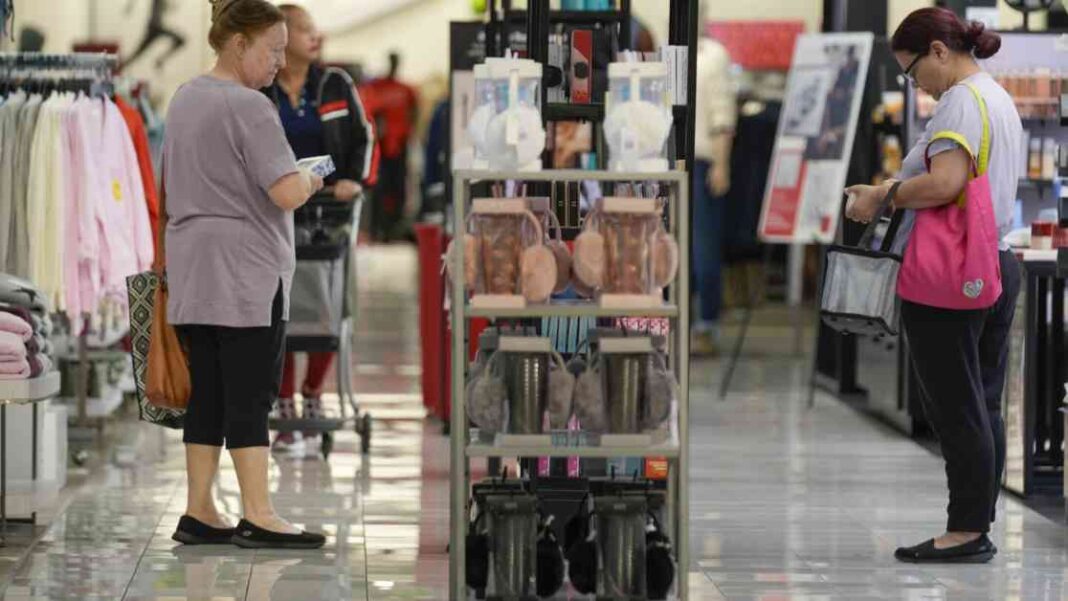Americans have been increasing their spending at stores last month, even with higher prices. Retail sales went up by 0.4% from August to September, according to the Commerce Department. This marked the third straight monthly increase. Online retailers, restaurants, and grocery stores all reported higher sales, while sales at gas stations dropped due to lower pump prices. The figures do not account for inflation, which was slightly lower last month.
The rise in retail sales indicates that consumers are driving economic growth, despite concerns about inflation. Many Americans feel confident enough in their finances to spend more on discretionary items like restaurant meals and clothing. Sales at sporting goods stores also saw an uptick, showing that overall consumer confidence remains strong.
While clothing store purchases increased by 1.5%, sales at electronics and furniture stores declined. This could be due to shifting consumer preferences or other factors affecting those specific industries. The recent data on consumer prices showed a modest 2.4% increase from a year earlier, which is below the Federal Reserve’s target rate of 2%. As a result, the Fed has cut interest rates to help support borrowing and spending.
The robust pace of retail sales could influence the Fed’s decision-making on future rate cuts. While there are concerns about the job market and overall economic conditions, last month’s data showed an increase in hiring and a decrease in the unemployment rate. Economists anticipate further rate cuts by the end of the year, which could help stimulate economic growth.
However, the increase in retail spending is not evenly distributed among income groups. Research by the Fed indicates that upper- and middle-income Americans are driving most of the growth in consumer spending. Lower-income households are struggling to keep up with rising prices and interest rates, leading to slower spending growth. This disparity has become more pronounced since the onset of the pandemic, with wealthier households increasing their spending at a much faster rate.
Looking ahead, retailers are preparing for the holiday shopping season, with expectations for increased consumer spending. Despite concerns about inflation and economic conditions, the National Retail Federation predicts a modest increase in holiday spending compared to last year. Many retailers are starting their holiday marketing earlier to attract shoppers, with some seeing strong demand for holiday decor and do-it-yourself gifts.
Overall, the data on retail sales reflects the ongoing strength of consumer spending in the US economy. While there are challenges related to inflation and income disparities, the steady increase in retail sales suggests that Americans remain willing to spend, supporting continued economic growth in the coming months.
